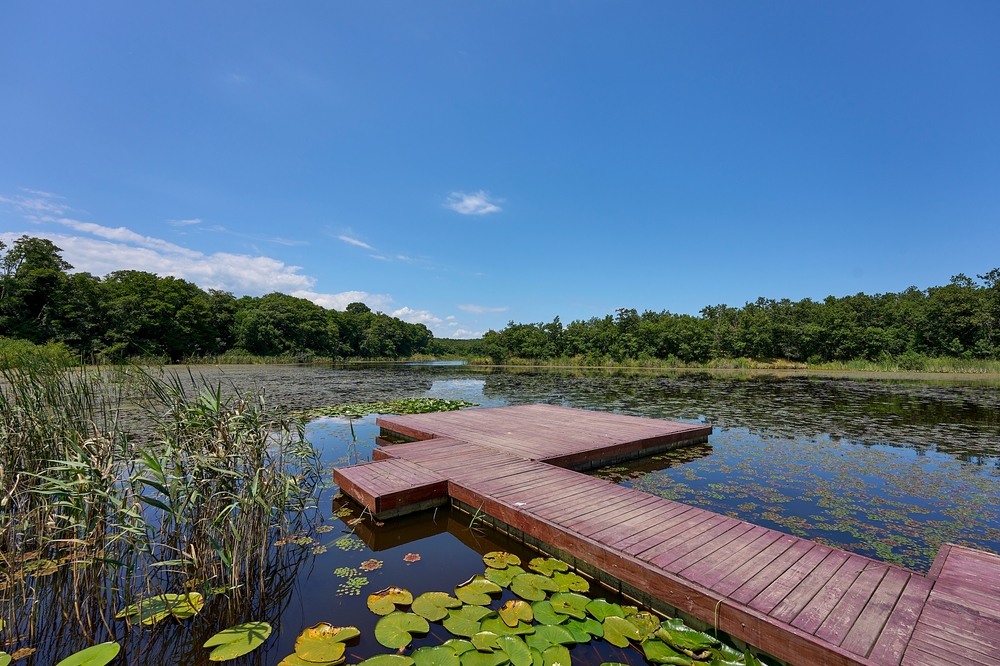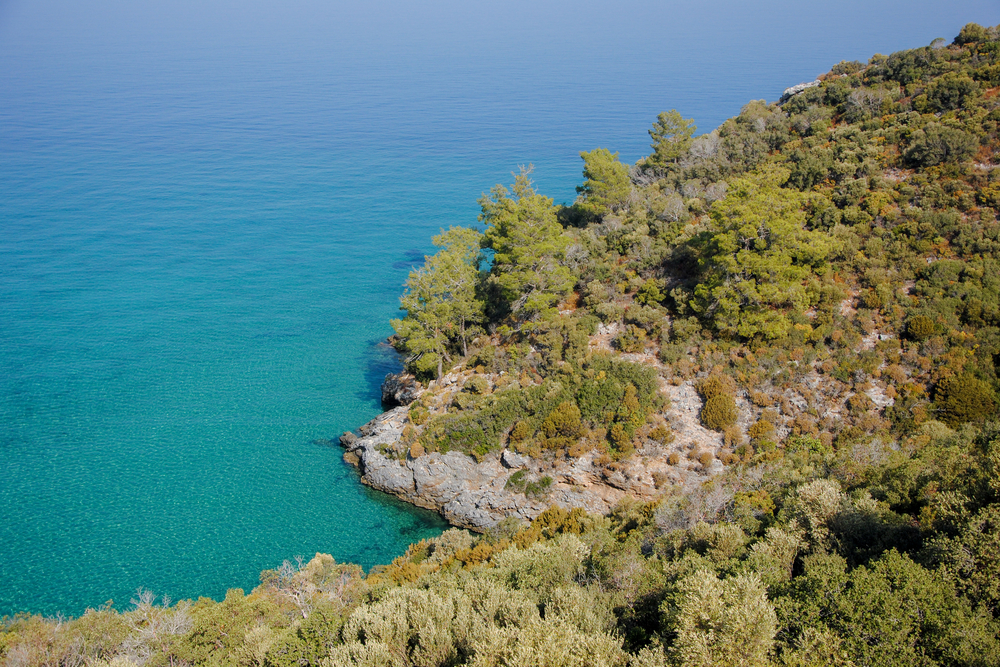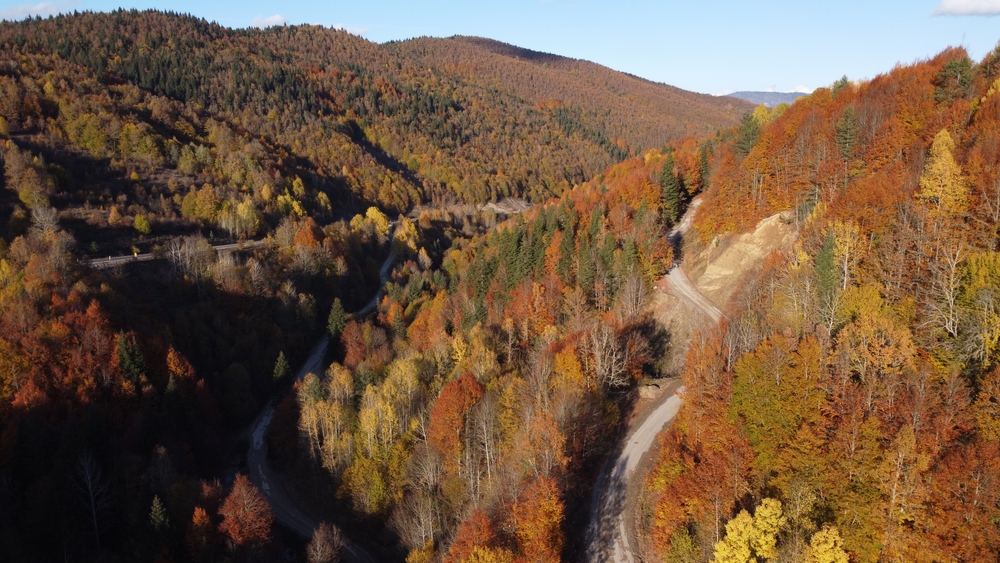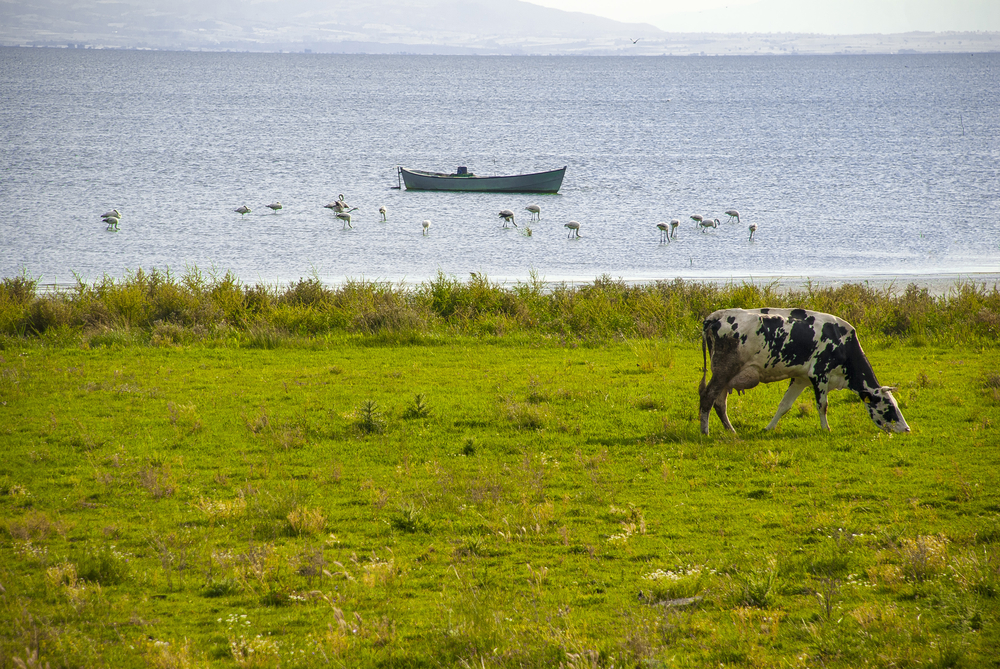Kuşcenneti Overview
Kuşcenneti National Park, known in Turkish as Kuşcenneti Millî Parkı, is a renowned bird sanctuary located in the Bandırma district of Balıkesir Province in northwestern Turkey. Covering approximately 6.7 square miles, or about 17.5 square kilometers, the park lies along the southern shores of Lake Kuş, also known as Lake Manyas.
Its name, which translates to “Bird Paradise,” reflects its reputation as one of the most important wetlands for bird conservation in Europe and the Middle East. The terrain is primarily flat and low-lying, characterized by freshwater marshes, reed beds, shallow lagoons, and patches of riparian woodland.
Seasonal flooding from the lake and surrounding rivers creates ideal breeding and feeding habitats for a wide array of waterbirds. The mosaic of wetlands, meadows, and small forested areas supports rich biodiversity and has earned the park international recognition as a Ramsar Wetland of International Importance.
Vegetation in Kuşcenneti National Park is adapted to its wetland environment. Reeds and rushes dominate the shoreline zones, while willow and ash trees form small groves along the banks. Aquatic plants thrive in the shallows of the lake, and sedge meadows provide additional cover and food for nesting birds.
These lush, water-rich habitats are essential for both resident and migratory species and change dynamically with the seasons, offering varied scenery throughout the year.
The park is home to more than 270 recorded bird species, making it a magnet for ornithologists and nature enthusiasts. During peak migration seasons in spring and autumn, the skies and waters of the park teem with life. Pelicans, particularly the Dalmatian and great white pelicans, are among the park’s most iconic residents.
Other key species include spoonbills, herons, storks, grebes, and various ducks and geese. Birds of prey such as marsh harriers and osprey are also spotted frequently. Many species breed within the park, and extensive nesting colonies create vibrant soundscapes in spring. The park also supports mammals such as foxes, hedgehogs, and small rodents, though the focus remains overwhelmingly on its avian population.
Popular features of Kuşcenneti National Park include its bird observation towers and wooden walkways that allow visitors to explore the wetlands without disturbing the wildlife. The Kuşcenneti Visitor Center offers educational exhibits, maps, and information about bird migration and conservation.
Interpretive panels along the trails help guide visitors and enhance appreciation for the park’s ecological importance. The park is especially lively during the Kuşcenneti Bird Festival, held annually to celebrate the peak of the spring migration.
Visitors engage with the park primarily through birdwatching, photography, and educational walks. The peaceful setting and slow rhythm of nature make it ideal for reflective experiences and family-friendly visits. Spring and early summer are the most popular times to explore the park, when bird activity is at its highest and the wetland landscape is at its most vibrant.
Conservation efforts in Kuşcenneti National Park date back to the 1950s, making it one of Turkey’s earliest examples of protected wetland management. Its designation as a national park in 1959 marked a milestone in national conservation history.
Ongoing challenges include agricultural runoff, fluctuating water levels, and pressure from surrounding land use. However, collaborative efforts between local authorities, universities, and international conservation bodies have led to the successful monitoring and protection of key species.
Continued vigilance and sustainable tourism practices remain essential to preserving this irreplaceable bird haven.
Park Map
Kuşcenneti National Park Highlights
Share your clicks with us
Related National Parks More Turkey

Beydağları Coastal National Park

Karagöl–Sahara National Park

İğneada Floodplain Forests National Park

Hakkâri Cilo-Sat Mountains National Park

Dilek Peninsula–Büyük Menderes Delta National Park

Hatila Valley National Park

Kızıldağ National Park

Küre Mountains National Park

Köprülü Canyon National Park











































































